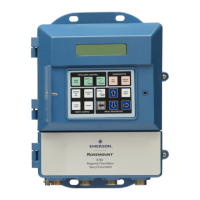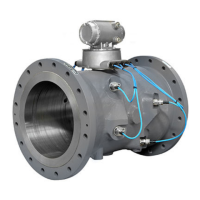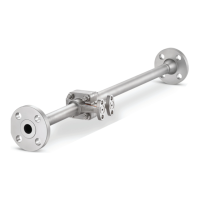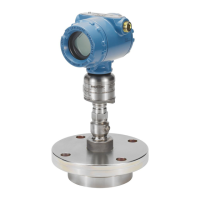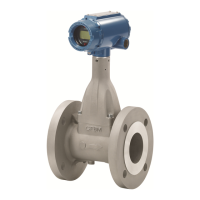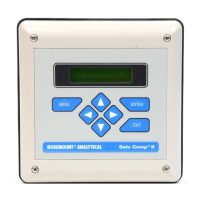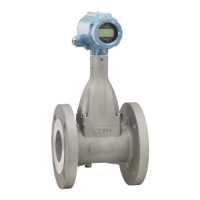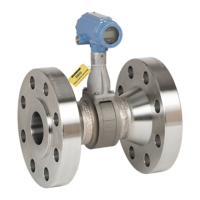How to Use This Manual Introduction • 1
1 Introduction
1.1. How to Use This
Manual
This manual provides important information on how
to install, operate, and service the RLDS.
Please read this manual carefully before use.
If you have a working knowledge of refrigerant
monitors, you will find this manual useful as a
reference tool. If you are new to the use of refrigerant
monitors, you can educate yourself about the
principles of refrigerant gas detection and the proper
operation of this device by reading this manual
thoroughly.
1.2. Notes
Emerson Electronics and Solutions reserves the right
to change the operation or specifications of this
instrument at any time without notice.
If any errors or ambiguities are discovered in this
manual, promptly inform Emerson Electronics and
Solutions.
No part of this manual may be reproduced or
recreated, in any form or by any means, without the
express prior permission of Emerson Electronics and
Solutions.
1.3. Safety Precautions
1.3.1. AC Power Supply
Ensure the source voltage matches the voltage of the
product before energizing the equipment.
The RLDS uses a universal power supply that is
capable of accepting inputs of 100 to 240 VAC, 50/60
Hz. The monitor’s power consumption is 20 Watts.
It is highly recommended that the RLDS be placed on
a separate circuit (with UPS or surge protection) and
be connected directly to the AC power source.
A switch or circuit breaker rated 1.0 A, 250 VAC,
with a minimum terminal spacing of 3.0 mm must be
attached to the monitor’s AC power leads. This
switch must also be located in close proximity to the
monitor, and be within easy reach of the operator.
This switch should also be clearly marked as the
monitor’s type of equipment.
• A switch or circuit-breaker must be included in
the building installation
• The switch must be in close proximity to the
equipment and within easy reach of the
operator
• The switch must be clearly marked as the
disconnecting device for the equipment
1.3.2. Protective Grounding
Under no circumstances should the RLDS be
operated without connection to a protective ground.
Doing so poses a potential shock hazard and is also a
violation of electrical safety standards applicable to
this type of equipment.
1.3.3. Explosive Atmosphere
Do not operate this equipment in the presence of
flammable liquids, vapors, or aerosols. Operation of
any electrical instrument in such an environment
constitutes a safety hazard.
1.3.4. Proper Exhaust Venting
It is imperative that the exhaust port on this
instrument be properly vented as described in this
manual. Failure to do so constitutes a safety hazard.
1.3.5. Working Inside Instrument
Extreme care should be exercised when accessing the
interior of the monitor. Only qualified electrical
maintenance personnel should perform connections
and adjustments. Always de-energize the power
supply before opening the monitor’s enclosure.
1.3.6. Misuse and Modifications to
the Instrument
The protection provided by the monitor may be
impaired if the monitor is used in a manner not
specified by Emerson Electronics and Solutions.
Modifications to this monitor, not expressly
approved, will void the warranty.
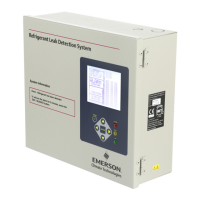
